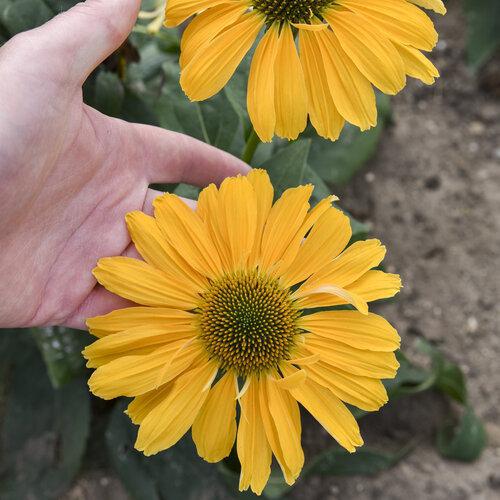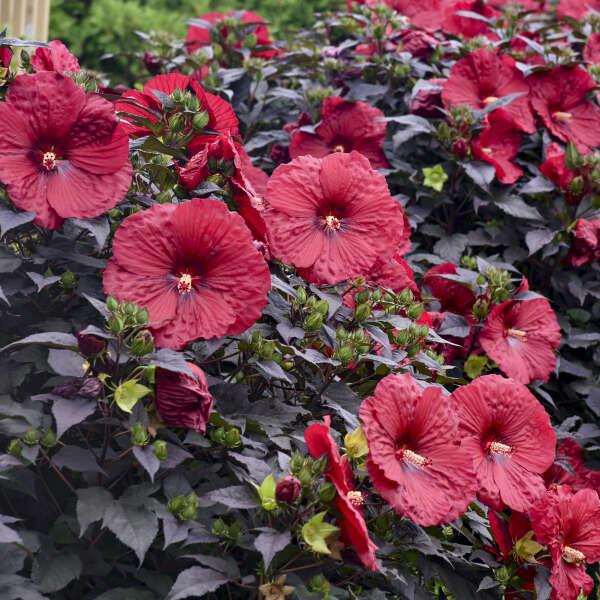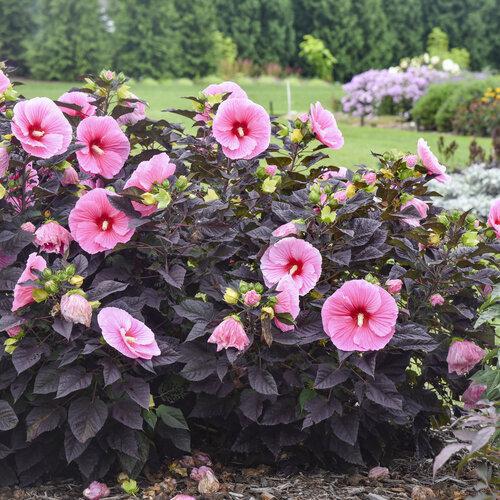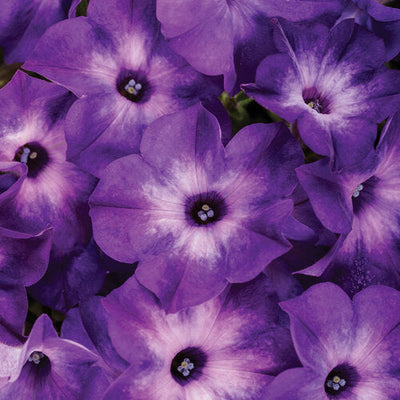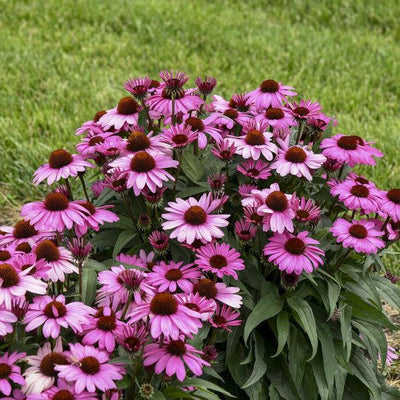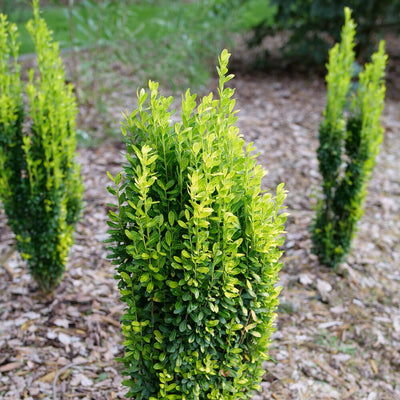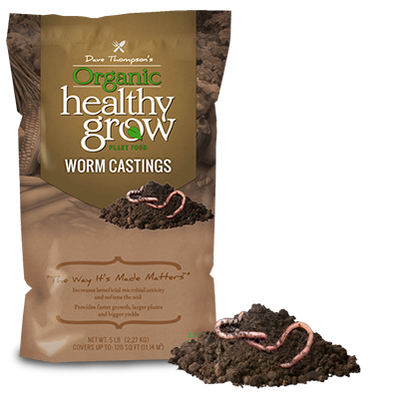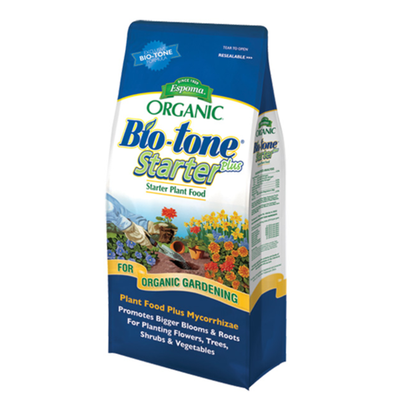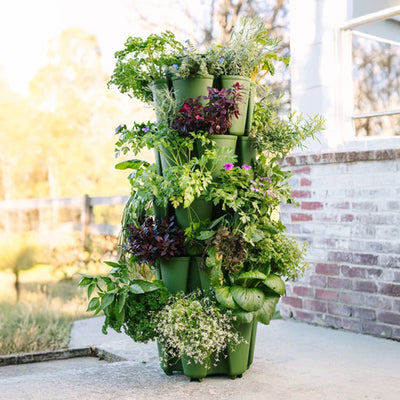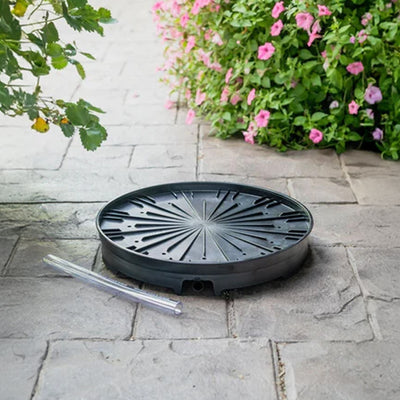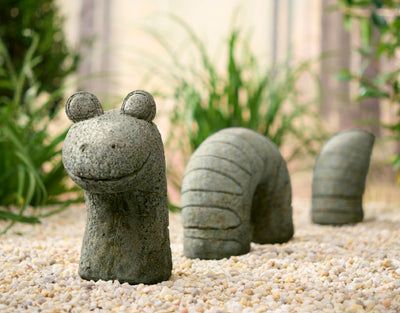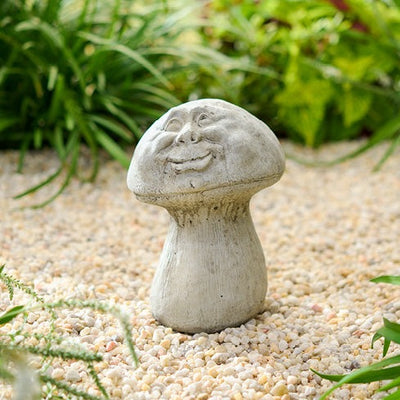Hello, my friends! Welcome to Gardening with Creekside, and it's day two of finishing the irrigation here in the Signature Garden. So, we're going to wrap that up today. While the boys are finishing the irrigation, I am going to head over to the barn, and we are going to plant the water trough for fall, winter, and early spring. I'm super excited about that. I have some really fun plants pulled that are going to give us really nice interest throughout these colder months.
Speaking of colder months, it was literally here yesterday that we were in shorts and t-shirts, breaking records because it was so incredibly hot. But today, oh my goodness, the winds are blowing in, and it is a much different weather here at Creekside Nursery in Dallas, North Carolina. We are going to have our first freeze tonight, and then tomorrow night, we're going to dip down to like 25-26 degrees. That's a really good hard freeze. That is one of the reasons why I'm going to go ahead and get rid of this water trough full of the summer annuals and put in that gorgeous evergreen color for the winter.
First, let's give you an update on what has happened so far with the irrigation, and then we'll move on to the water trough.
Alright, we are here at the Signature Garden, and Jerry has been quite busy this morning. He has got the irrigation. Remember, yesterday, we stopped on this corner, so he has gotten it all the way up till the middle. Remember, this irrigation on these Signature Gardens, we're going to have a total of three different zones, and two of the zones are going to have five of these sprinklers. This one will go down a little bit more; he's got to bury it just a little bit more because it'll be kind of even with the soil. Notice that these are nice and tall; these will pop up 12 inches above ground, so we'll have plenty of clearance for the plants.
Then, of course, it comes and runs. This is a solid 1-inch PVC pipe, and you can see the great thing, of course, about this pipe is it has a little bit of flex to it. So, he was able to turn the corner, and then he hasn't gotten this one installed yet, but there will be another sprinkler head right here that will shoot more towards this way and the gardens there. So, there's five on this zone, and then they have started on the second zone that will also have five that will get this whole intersection of the Signature Garden. The third zone is going to be the two raised beds where the Bobcat is and where Jackson is right now. That is going to be the main entry point for the nursery, the Garden Center. That's going to be the nice path, and then these two elevator beds are going to have drip irrigation on it. In fact, fun news, Jerry just told me that Johnson's nursery, who is a great wholesale grower down in eastern North Carolina, is about to make their delivery. We went ahead and ordered their Sprinter boxwoods from them that are going to go in this bed. They grow some gorgeous boxwoods, and ours are on the smaller side right now because they're just more advanced than we are in terms of the maturity of the plants.
So, those are going to be arriving, and you'll probably see that in the background too. We may take a look at that. But what we're going to do is the water trough over here at the barn. At the end of the day, when all this is said and done, we're going to put the drone up. The new drone came last night, so we will put it up so you can get a bird's eye view of this space because I know sometimes it's much easier to see things looking down. You can get the whole big picture, kind of hard to do when you're on ground level sometimes.
Alright, let's head over to the water trough, and let's talk about that.
If you are an avid viewer of Gardening with Creekside, you are very familiar with this water trough here in front of the barn. I had the most fun twice a year planting this up, whether it's what we're going to do now for fall and winter or in the spring for the summer. I never really have a plan on what I'm going to do until about 5 minutes before I plant it. I just like to have fun with this. This particular one this year has given us gorgeous color, but it is done. Let me give you a little perspective; right, the barn, we bought this, it's a livestock watering trough. It was the biggest one that Tractor Supply had, and Jerry grabbed it for me. It is completely filled with soil. We'll go through all the specs on it.
Yeah, so everything in this trough, they are annuals. So, what is an annual plant? Remember, an annual is a plant that will last for one season, whether it's like my violas that are annuals for me. That's for fall, winter, and very early spring. The heat of the summer is too hot, and they die. Same thing with these guys; it's the opposite time of the year. These annuals are warm-weather annuals. When we get this freeze tonight, when we hit 25 tomorrow, guess what? They're going to get killed completely back. So, I'm going to go ahead instead of dealing with wet, mushy, gushy annuals, I'm going to go ahead and take them out now and then plant things that can handle those cold temperatures.
Several people have asked why don't we overwinter our annuals? Why don't we dig these up and repot them and put them in the greenhouse? We have tons of greenhouse space. Why do we not do that with these annuals? Well, I am a firm believer that there is a season for everything, and the good Lord did not intend for these to be annuals like perennials for me from year to year. They have had a great season; they have done fantastic. I am very pleased with them, but all good things must come to an end. So, the freeze is coming, and they're out of here. Also, from a practical standpoint, as commercial growers, the last thing I want to do is to take a plant that could be harboring some sort of insect. It could be aphids; it could be spider mites; it could be mealybugs; it could be anything. It could be some sort of fungus or disease. I do not want to take that out of this container and put it in my sterile greenhouse where I'm going to be growing annuals, perennials, and shrubs for our customers. That is a great way to introduce problems into a sterile greenhouse, and it will just exponentially grow in the warm, moist environment of the greenhouse. So, that is why we do not do that. We don't bring them in.
Now, as a homeowner, if you have a hobby greenhouse in the back or you have a certain room in your house or your basement because we know some people that have geraniums that are like 10 years old, they bring them in, that's great, and that's amazing. Just remember there is a difference between a commercial production grower and a homeowner. If we bring this in, it's not just that, "Oh, they're going to be perfect." It's not; it's not that simple. If they're out here, we can deal with them a little more easily in this environment than we can in the greenhouse. So, that's why we do not do that.
Alright, I know you're excited to see what we're going to put in this water trough. I have a lot of fun, beautiful plants, so let's get to it.
Okay, the first plant that I'm going to plant in this trough is going to be this gorgeous Euphorbia. Now, you all know, if you've been watching me for a while, that I am a fan of these guys. They are deer resistant, and they are easy. They're great as a thriller; they're great as a filler. They're just fabulous. So, I went ahead and got some of these, and you can see they are not like a mounding, they're a little more upright, so that will be in the center of our trough. I have two of those, and I want to use two different Euphorbias just for some variety in the texture and the look. So, I went ahead and picked up this one too. They call this Euphorbia a pseudocactus. It's got a little bit more of a fuzzy look to it, a little bit more of a chunky leaf, and this one is also deer resistant. So, I'm going to put one of these on each end as the thrillers. Thrillers are the tall part in the container, and then I'm going to fill it in with some other things.
Alright, this one's going to be in the center, and we are also going to be adding this Chrysanthemum, 'Sheffield Pink.' Now, the 'Sheffield Pink,' I like to think of it as a perennial mum. This guy, if we don't have a harsh winter, is going to overwinter and give us a beautiful pink pop in the spring. If we have a real, real harsh winter, it may not make it, but I'm going to take that chance because I really like that. I want to use it in this, so I'm going to add that one in. I also have a couple of other plants that I'm going to be putting in this trough. I've got some Dianthus, the super trouper. These guys are going to be our filler. If you remember, this is our thriller. So, we've got a thriller, and then we have a filler.
Alright, I got the Euphorbia's all planted, and I'm going to put the other one in the back corner. Now, remember, you want to try to plant your plants in their containers or their pots in your container before you take them out. Because when you're dealing with something like this, you want to make sure you can fit everything that you have. Then, you have this nice hole in the middle, and that's where you can plant your fillers. So, that's what I'm doing. I'm just taking a peek at everything I have, and I want to make sure that I have enough space for everything. I'm going to put this in the center and then fill around it with the Dianthus.
I hope you all enjoyed this video, and I hope you enjoyed watching us finish the irrigation in the Signature Garden. It's going to make life a lot easier for us, and we are so excited. Now, we are going to do a quick video on planting a container garden, our annual trough, for fall and winter. I hope you enjoyed that. I know I'm going to enjoy planting this up because I love to garden. I love to plant in containers. I like to be creative. I love to be outside. It is my therapy. I love it. It is so much fun, and it's so rewarding. So, I hope you have a fabulous week, and I hope you enjoy doing some fall gardening, and we'll see you next time in the garden. Thanks for watching!
